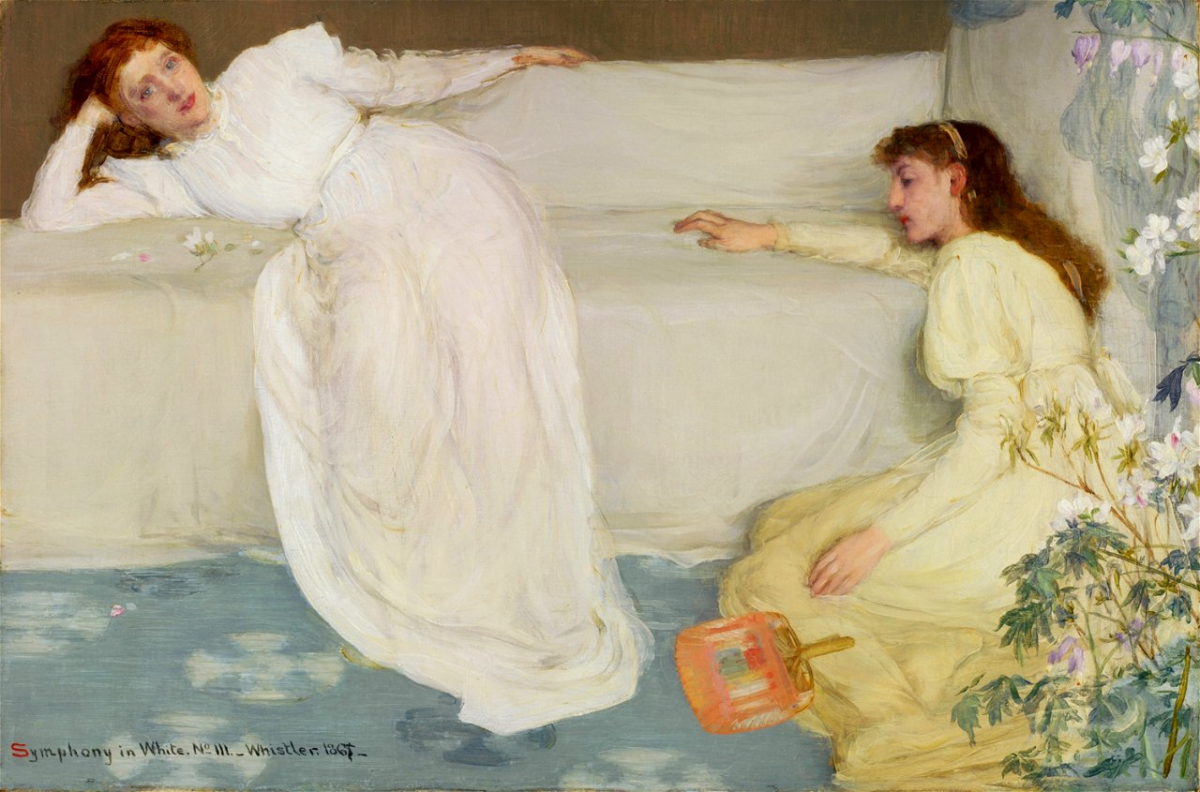Exploring the Complex Relationship, Narrative Ambiguities, and Existential Themes of the Neapolitan Novels.
The Mystery of My Brilliant Friend and The Role of Brilliance as A Shifting Construct
The very first title of the Neapolitan novels is a riddle in itself. My Brilliant Friend, which serves as a mother term for the rest of the series, initiates what becomes the chronicle of a dual life: that of the narrator, Elena Greco, and her best friend, Raffaella Cerullo. Written in the first person, the text deceives the reader into assuming that the adjective “brilliant” applies to the Other, Lila, who is often the object of admiration but has no direct voice. This assumption holds until the moment when Lila turns to Elena and declares:
“You’re my brilliant friend. You have to be the best of all, boys and girls.”
This statement seems to resolve any potential ambiguity. However, My Brilliant Friend underscores the notion that in the real world, there are no absolutes or certainties. It suggests instead that the idea of brilliance is a fluid construct, shaped by both personal perception and societal forces.
Narrative Perspective: Who Owns the Truth?
This is a striking moment, as up until that point, the reader is entirely blind to Lila’s perspective. They know only Elena’s thoughts and, through her narrative, have learned to admire Lila as much as she does. The narrative belongs to Elena—her descriptions, dialogues, reflections, and, ultimately, her memory—which becomes a proxy for the truth, or at least the only truth available. This dynamic mirrors the existential relationship shared by the two girls, and it is reinforced by the professional trajectory of Elena, who becomes a writer. In this way, Ferrante deliberately channels the story through a single perspective. Yet, when Lila claims this “my,” reconciling her position with that of the book’s titular owner, a dramatic shift occurs: the firmness of narrative authority is destabilized. This reversal challenges not only the reader’s perspective but also the characters’ and the story’s internal structure. Suddenly, the voice emerging from the text is not Elena’s but Lila’s, and it is Lila who possesses the truth.
This moment confronts the reader with a voice they have been hearing without fully recognizing it. It is as though a fourth wall has been broken, and ambiguity escapes the confines of the text. The masking effect, which only Ferrante had been aware of, dissolves, producing a disorienting and profound effect.
Lila and Lenù: A Relationship of Opposites
That the internal logic governing the world of the Neapolitan Quartet wavers does not mean it sacrifices verisimilitude. On the contrary, Ferrante anchors the narrative in the mutable flux of reality: nothing is ever as it seems, and what is familiar often becomes unfamiliar. The novels’ rhetoric frequently plays, often implicitly, with binomials that explore this fluidity—familiar/unfamiliar, educated/ignorant, rich/poor, male/female. The Lila/Lenù relationship fits within this tradition of undefined, evolving opposites and elusive assumptions.
There is something of Raffaella Cerullo in Elena Greco and vice versa, to such an extent that one begins to question how much imagination shapes both characters. This can be examined from two perspectives (another binomial, as they seem to proliferate): on the one hand, how much of the author’s personal experience is translated into literary language in this expansive four-part novel; and on the other, how much projection Elena imposes onto the “friend” or the “Other.”
Two moments in the tetralogy highlight this theme most vividly: the early chapters of the first volume, where the presence of both characters is still being established within the narrative, and the ending of the entire series, when Lila reappears almost as a ghost, a psychic manifestation, to return the stolen dolls. This act symbolizes the return of a part of Elena’s identity that Lila had possessed since the beginning of their friendship. In a sense, Elena is Lila’s prisoner throughout her life. It is Lila, rather than any man Ferrante references (such as the “man cop” of Adam Curtis’s documentary), who conditions every aspect of Elena’s life. Lila serves as a veil between Elena and the world. Yet Ferrante, as a critical individual, expresses her subjectivity through Elena’s experiences, granting her individuality. Even so, by anchoring Lila’s voice solely within Elena’s words and interpretations, Ferrante silences her again.
The Duality of Raffaella Cerullo and The Psychic Manifestation: Does Lila Truly Exist?
Thus, when reading the Neapolitan novels, the reader encounters two versions of Raffaella Cerullo. The first is tangible: the girl who works in her father’s shoe shop, transitions to factory work, and ultimately establishes her own business. She marries Stefano and later ends up with Enzo. She is the child who is thrown off of a window when her father attacks her for wanting to study. This Raffaella obeys the conventions of narrative and is defined by her actions, which could belong to any other girl with any other name. The second Raffaella is the aforementioned psychic manifestation. She exists more in Elena’s mind than in the narrative reality they share. She is intangible, residing in the symbolic elements of Elena’s life.
The existence of this second Raffaella raises a provocative theory: the possibility that Lila does not exist at all. Perhaps the tangible Raffaella is a deliberate construct of Elena’s observations, an amalgamation of female archetypes she has encountered. While this hypothesis may be rejected by readers or critics, it remains intriguing, as do the narrative techniques that hint at its plausibility. In fact, upon completing the tetralogy, one might view Lila as the embodiment of an alternative life—a parallel universe in which the author, Elena Ferrante, did not pursue a literary and academic career but remained within the microcosm of her Neapolitan upbringing.
Although this is precisely what happens in the novel (Lila stays while Elena leaves), the framing is distinct: it is not merely about physical separation but about the bifurcation of a single individual and the anatomy of a “what if”.
